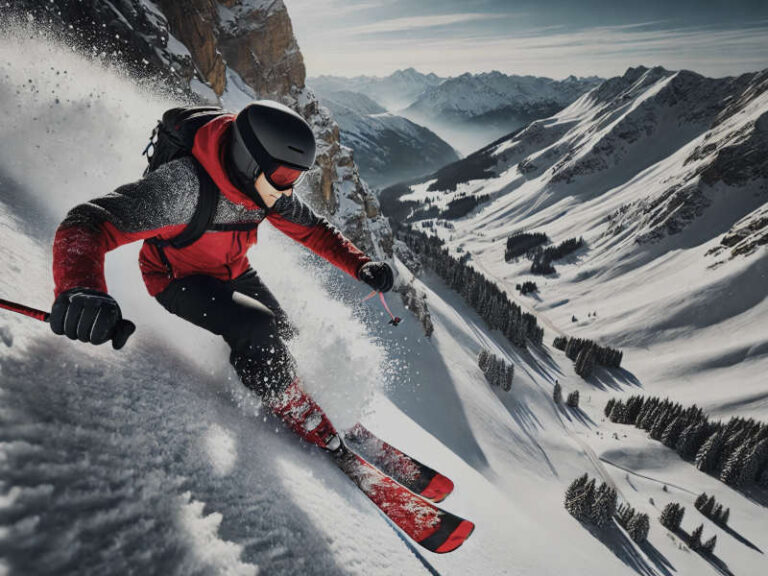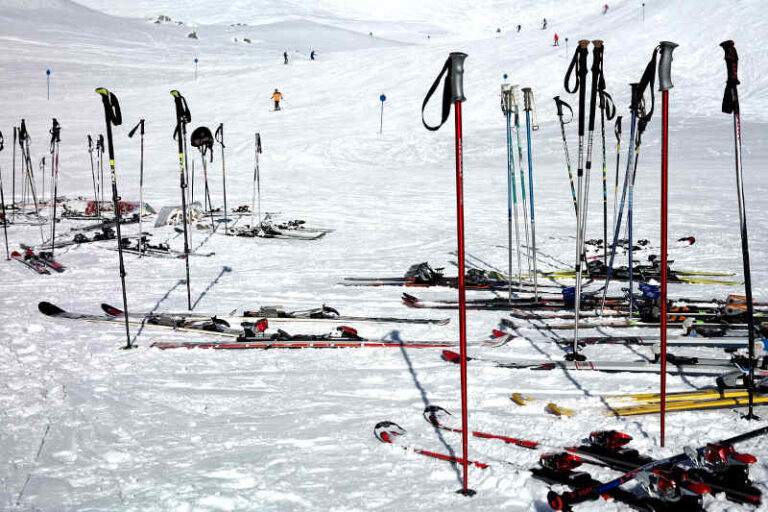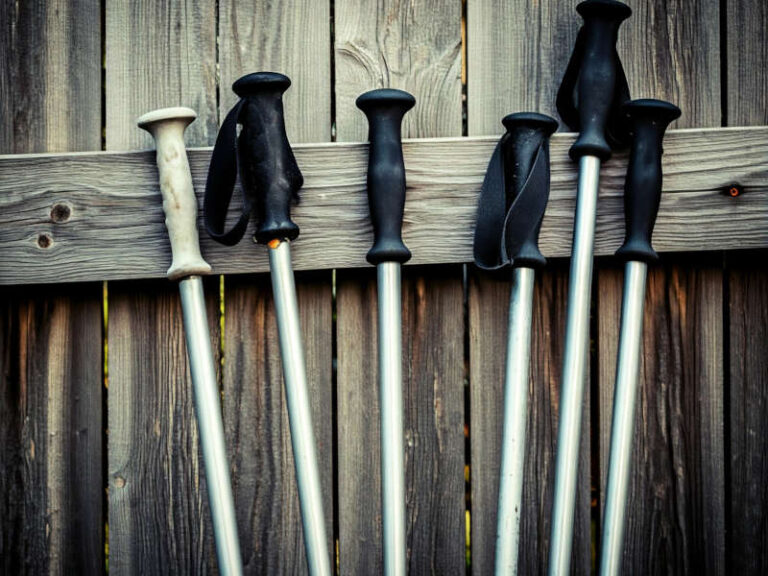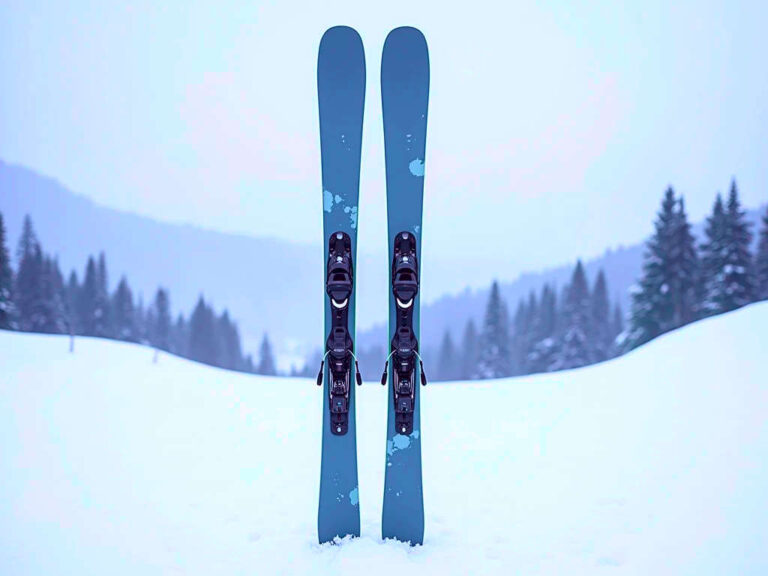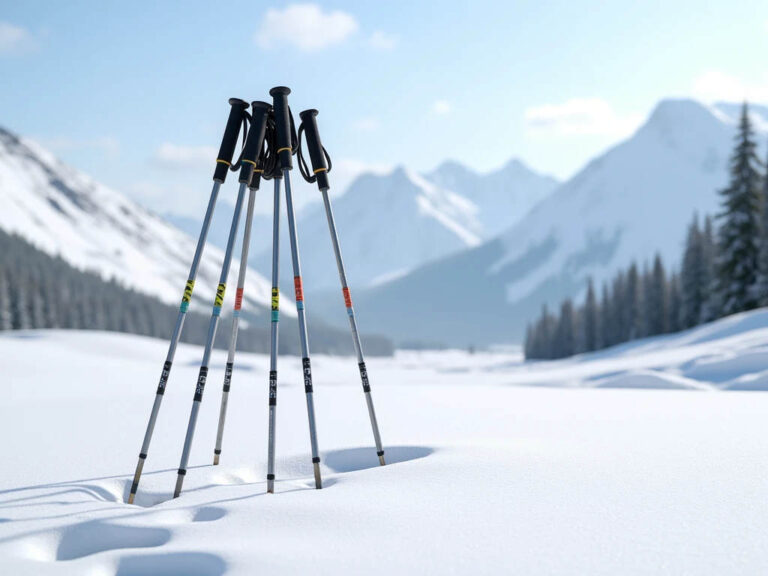Why Warming Up is Essential for Downhill Skiers
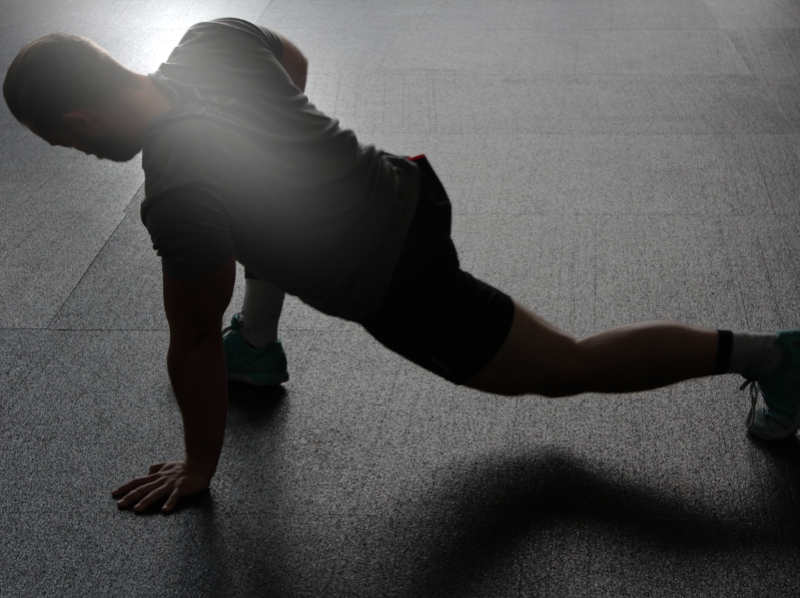
Introduction: Setting the Stage
Ever hit the slopes feeling stiff and awkward? That’s your muscles’ way of saying, “We’re not ready!” Warming up is the crucial step for downhill skiers of all levels, especially beginners and intermediates. A quick warm-up can transform a cold, wobbly first run into a smooth, comfortable ride. For skiers, a warm-up helps muscles stay flexible, improves reaction times, and increases blood flow, all critical for safety and performance. Cooling down, on the other hand, prevents soreness and promotes recovery. Simple, quick warm-up exercises like arm swings, hip circles, squats, and lunges prepare the body for skiing, while cool-downs minimize next-day pain. These steps ensure skiers of all levels have a smoother, safer, and more enjoyable time on the slopes. In this guide, we’ll cover the benefits of warming up, what can go wrong if you skip it, and how to cool down after a day on the slopes for better recovery. Read on for the deets ->
Do You Need to Warm Up Before Skiing?
In short, yes! Many skiers, especially those new to the sport, assume skiing itself is a warm-up. But skiing is a high-demand activity, not a warm-up exercise. A good warm-up can prepare your muscles, get your heart rate up, and improve your balance. Without it, your body might feel slow and uncoordinated—definitely not the feel you want on the mountain.
Why Is Warming Up Before Skiing So Important?
When you warm up, you’re priming your muscles and joints for action. Skiing demands quick reactions, flexibility, and control, which are harder to achieve with cold muscles. When your body’s warm, muscles become more flexible, joints loosen up, and blood flows freely to essential areas, making everything work smoother and faster.
Technical Benefits of Warming Up:
- Improved Flexibility and Range of Motion: Cold, stiff muscles can’t respond as quickly or bend as easily, which can impact your turns and control.
- Enhanced Reaction Time: Warming up helps you react faster to sudden obstacles or changes in terrain.
- Better Blood Flow: When blood flow increases, oxygen reaches your muscles, improving power and stamina. It also helps prevent injuries like muscle strains and knee issues.
Top Warm-Up Drills to Improve Downhill Ski Performance
Warming up doesn’t need to be a long, complicated routine. Here’s a simple one that will wake up your body in minutes:
- Arm Swings – Swing your arms in big circles to loosen shoulders and upper body.
- Hip Circles – Rotate your hips in both directions to engage your core.
- Squats – A few squats warm up your quads and get your legs ready for movement.
- Lunges – Lunges stretch your thighs, improve hip flexibility, and help prevent knee strains.
- Jumping Jacks or Ski Jumps – Mimic the movements of skiing while increasing your heart rate.
Each of these exercises takes about 30 seconds to a minute, making it easy to fit into your skiing routine. Just a five minute warm up can make a big difference, reducing muscle tightness and improving your coordination. If you are into a bit more see our piece on: Top Warm Up Routines.
Do You Need to Cool Down or Stretch After Skiing?
Cooling down after skiing isn’t just optional—it’s a smart move for a faster, pain-free recovery. When you ski, lactic acid builds up in your muscles, which can cause soreness. Cooling down allows your body to flush out this acid, reducing the chance of waking up sore the next day.
A good cool-down can include a mix of light stretching and slow, gentle movements. This will bring your heart rate down, ease muscle tension, and prevent tightness.
What Happens if You Don’t Cool Down After Skiing?
Skipping a cool-down means you’re more likely to experience muscle stiffness and soreness. You may feel tightness that makes it harder to get back on the mountain the next day. Cooling down can prevent this by helping your muscles relax and recover more quickly.
Fun Fact: Without a cool-down, skiers are often left doing the “next-day ski walk”—that stiff-legged, slow shuffle that makes it clear they skipped some post-ski care.
10 Benefits of Cooling Down after Skiing (or Any Sport)
Faster Muscle Recovery
Cooling down promotes faster muscle recovery by aiding in the removal of lactic acid and other metabolic byproducts that accumulate in muscles during intense activity. Gentle movement and stretching help keep blood flowing, which delivers nutrients and oxygen to fatigued muscles, speeding up their repair and reducing soreness.
Less Soreness
Known as delayed onset muscle soreness (DOMS), the aching muscles after skiing can be minimized with a proper cool-down routine. Gentle stretching and low-intensity movement help disperse lactic acid, reducing the severity of soreness and stiffness the next day, so you feel less fatigued and more ready to tackle another day on the slopes.
Improved Flexibility
A cool-down period with stretching enhances flexibility by relaxing muscles that have tightened up during skiing. Warmer muscles are more pliable, allowing you to stretch deeper, which can increase your range of motion over time and improve your performance in dynamic sports like skiing.
Gradual Heart Rate Decrease
Cooling down helps your heart rate return to its resting state more gradually. Abruptly stopping after intense exercise can cause blood pooling in the legs, lightheadedness, or even dizziness. A gentle cool-down allows your cardiovascular system to ease back to normal, supporting overall heart health and stability.
Mental Relaxation
Taking time to cool down provides a moment to mentally unwind and reflect on the day’s activity. This mindful relaxation period helps shift your body from a high-adrenaline, “fight-or-flight” mode to a calmer, “rest-and-digest” state, which can be especially beneficial if you’re skiing multiple days in a row.
Reduced Injury Risk for Multiple Ski Days
Cooling down and stretching loosen up tight muscles and improve joint mobility, reducing the chance of strains and sprains. This becomes crucial if you plan to ski for consecutive days, as each cool-down session leaves your muscles better prepared and less injury-prone for the next round.
Better Circulation
A proper cool-down keeps your blood flowing smoothly, ensuring that oxygen and nutrients are delivered efficiently to fatigued tissues. This improved circulation helps prevent stiffness and achiness, and encourages faster muscle repair, making the body more resilient.
Prevention of Stiffness
Stiffness after skiing is a common issue that can lead to limited movement the next day. Cooling down with stretching and gentle movement helps keep muscles relaxed, making it easier to maintain a full range of motion, especially around joints like the knees, hips, and ankles.
Enhanced Future Performance
Regular cool-downs improve your recovery process, which in turn improves your performance over time. By prioritizing recovery after each day of skiing, you can build up strength and endurance, leading to better performance on the slopes in future sessions.
Increased Energy for the Next Day
Cooling down helps you conserve energy by reducing the severity of muscle soreness and fatigue. By preventing prolonged muscle stiffness and soreness, you’ll wake up feeling more energized and ready to ski, as opposed to feeling drained from residual muscle fatigue.
Final Thoughts for Better Ski Performance
Warming up and cooling down aren’t just add-ons—they’re essential for keeping your skiing fun, safe, and injury-free. Just a few minutes of warm-up drills help you avoid awkward first runs and make skiing smoother and more enjoyable. And a quick cool-down is like a little insurance policy for the next day, leaving you ready to hit the slopes again without soreness or stiffness. So, before you hit the snow, remember to give your body a quick tune-up—it’s the key to a great day on the mountain (and the days after!).

by: Ray Pember
Ray is an experienced wordsmith who has dived deep into various niches. With over two decades under his belt, he knows a thing or two about staying afloat in this ever-evolving digital world… read more

